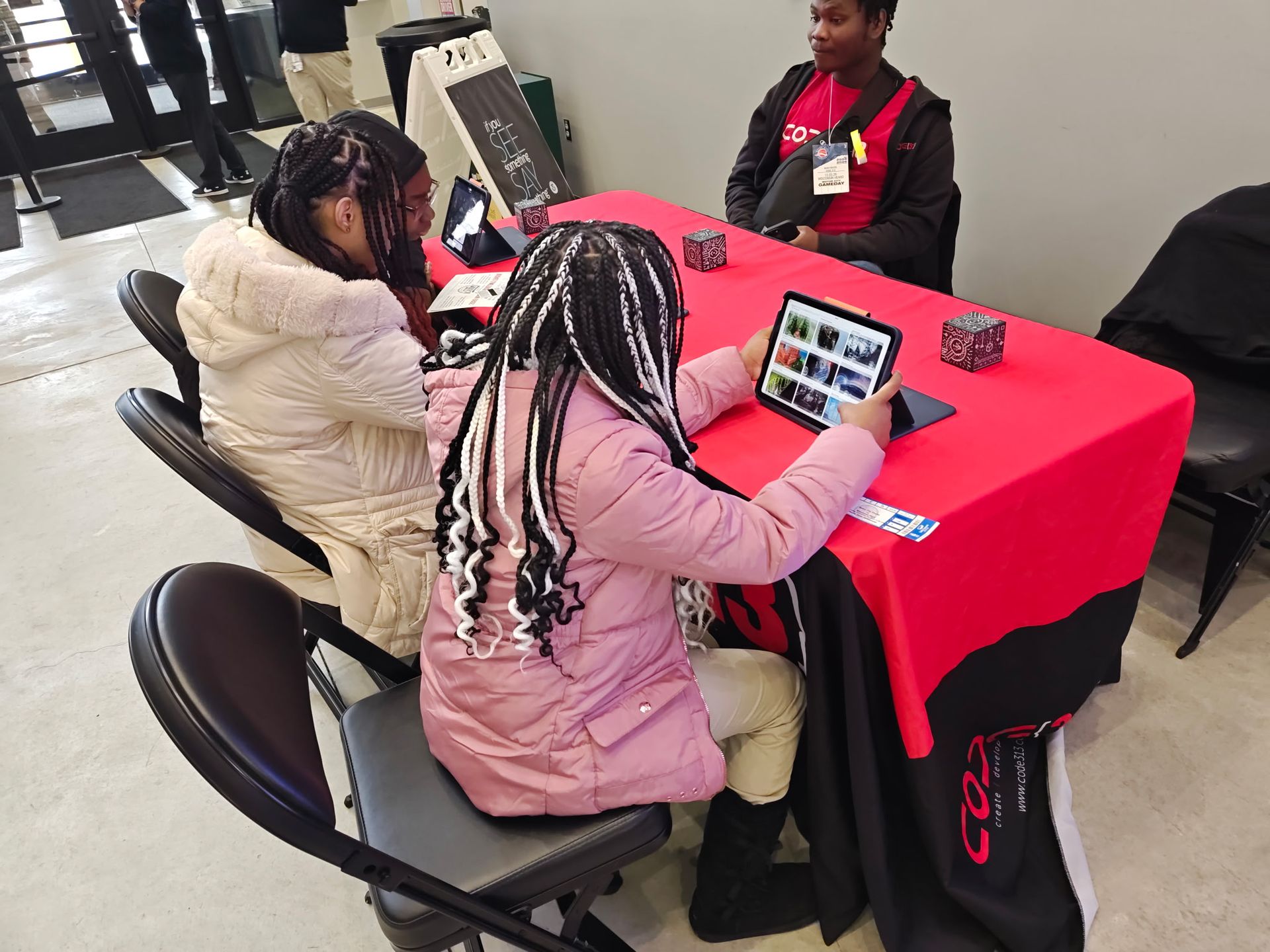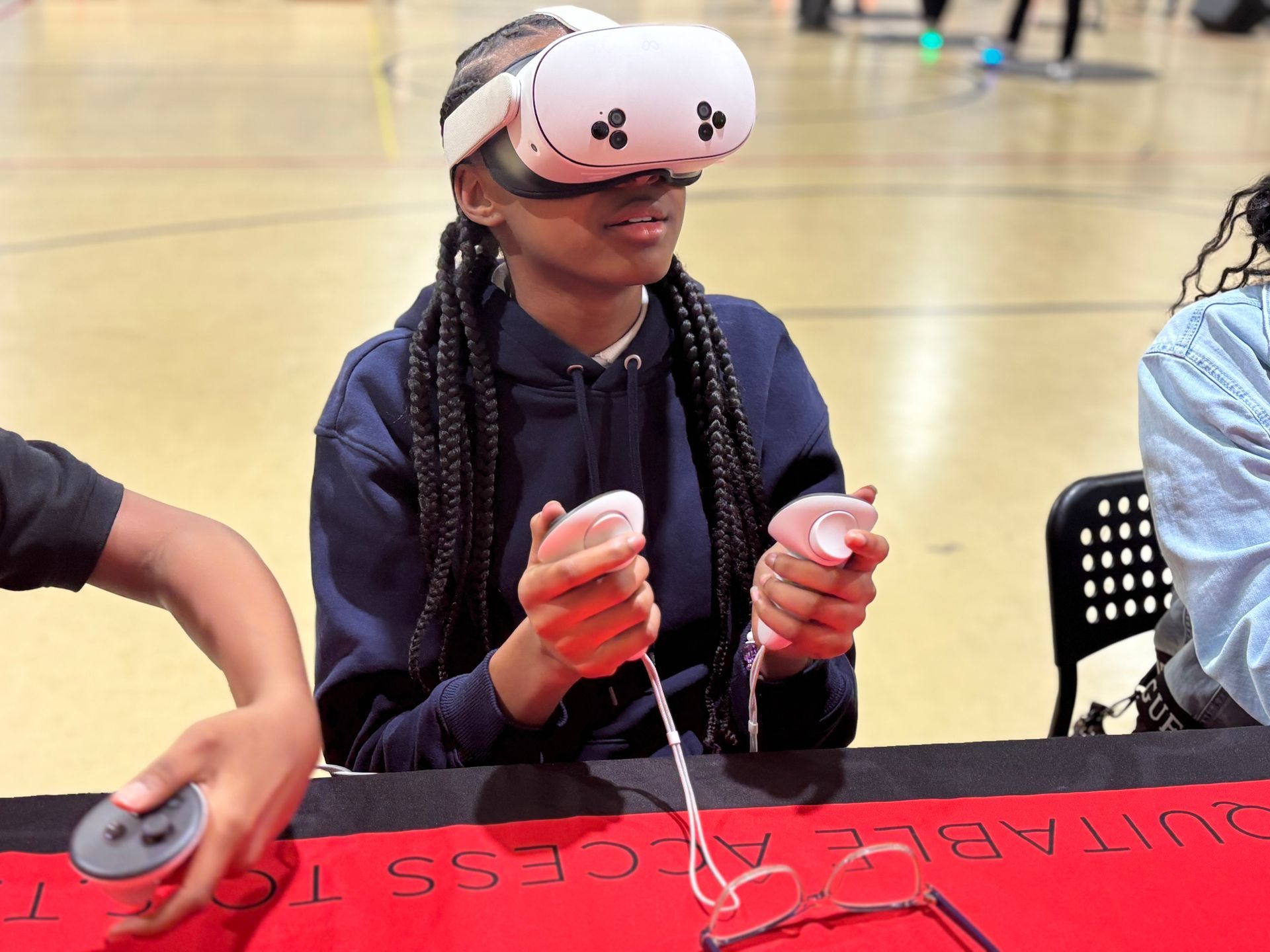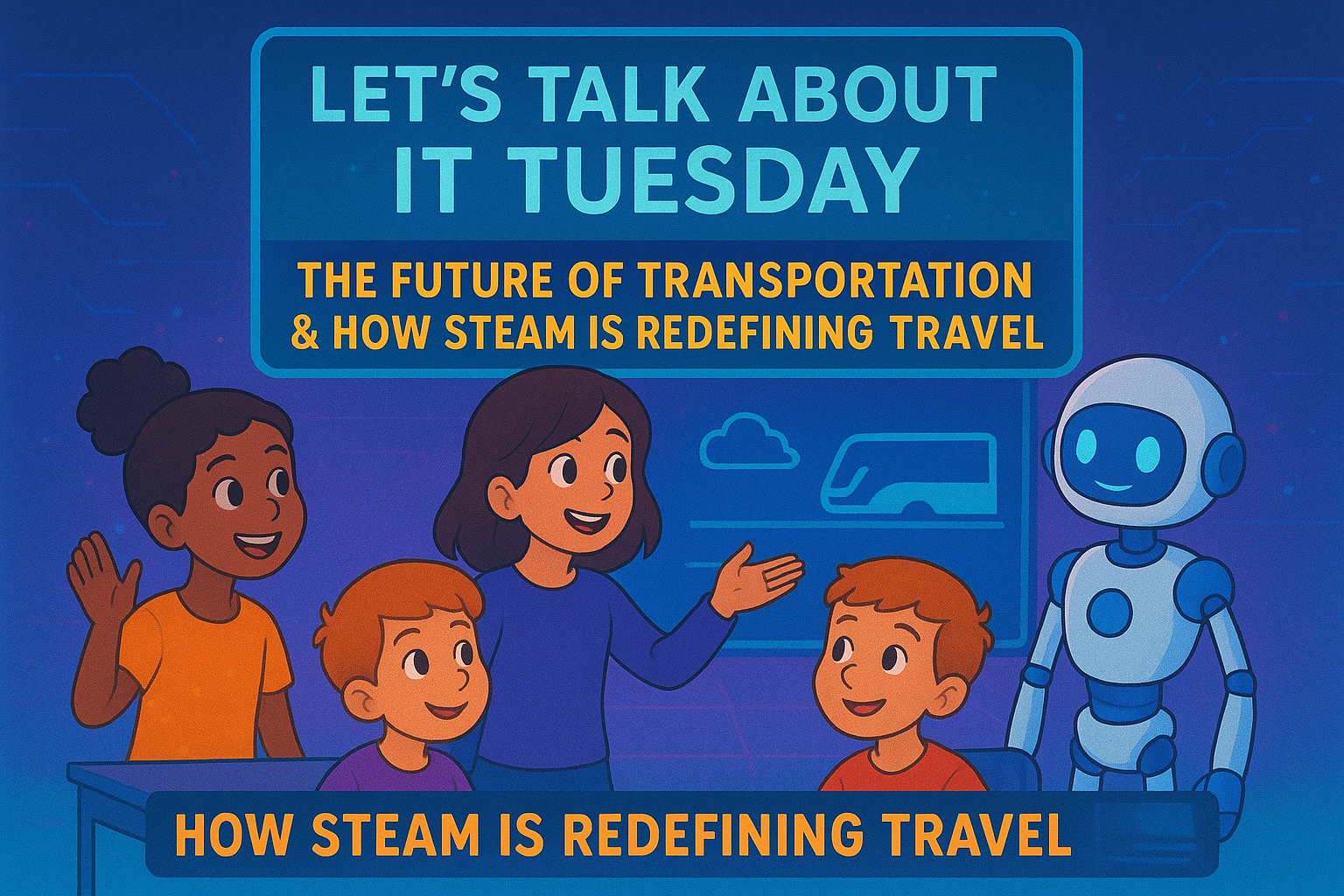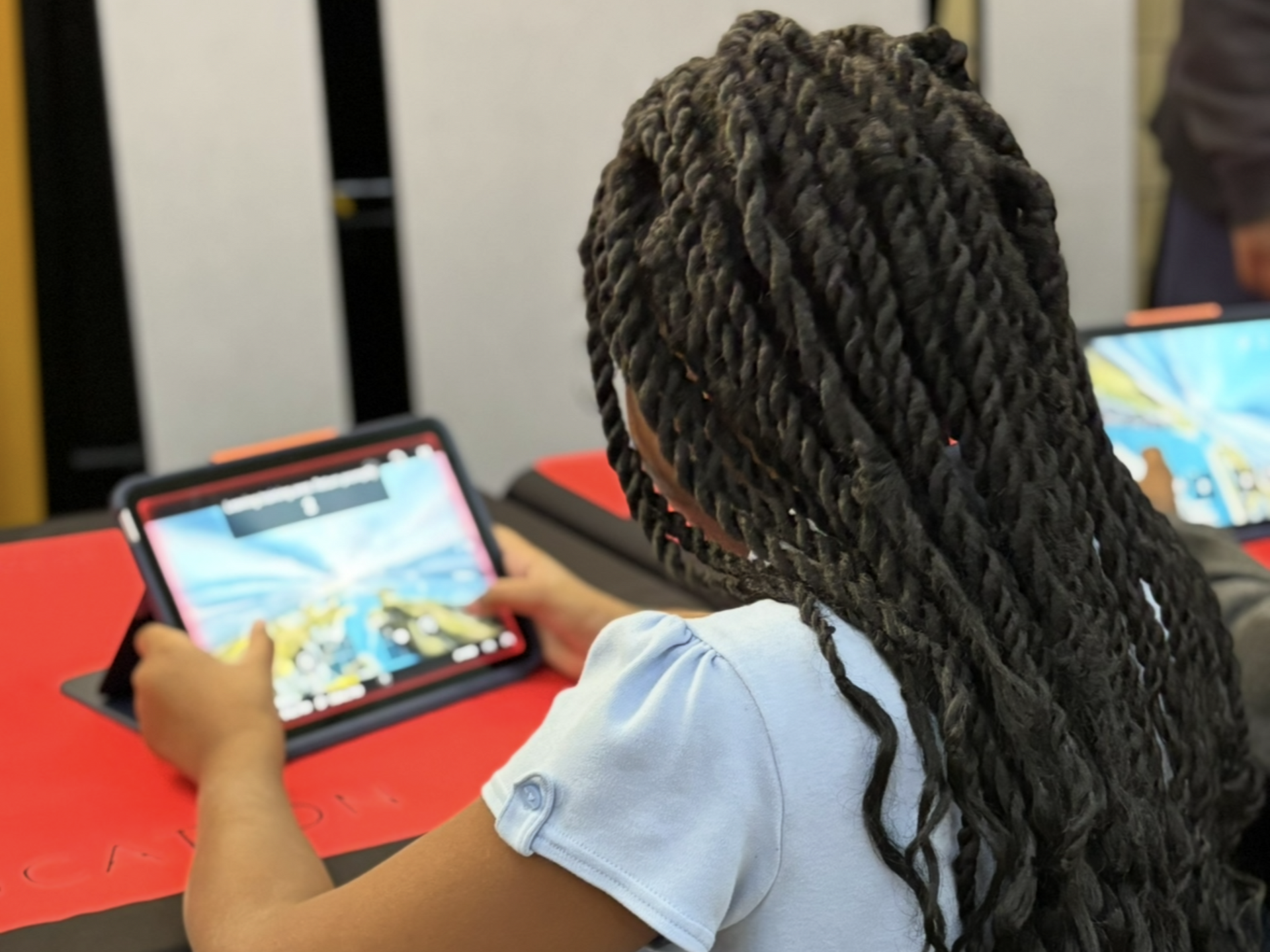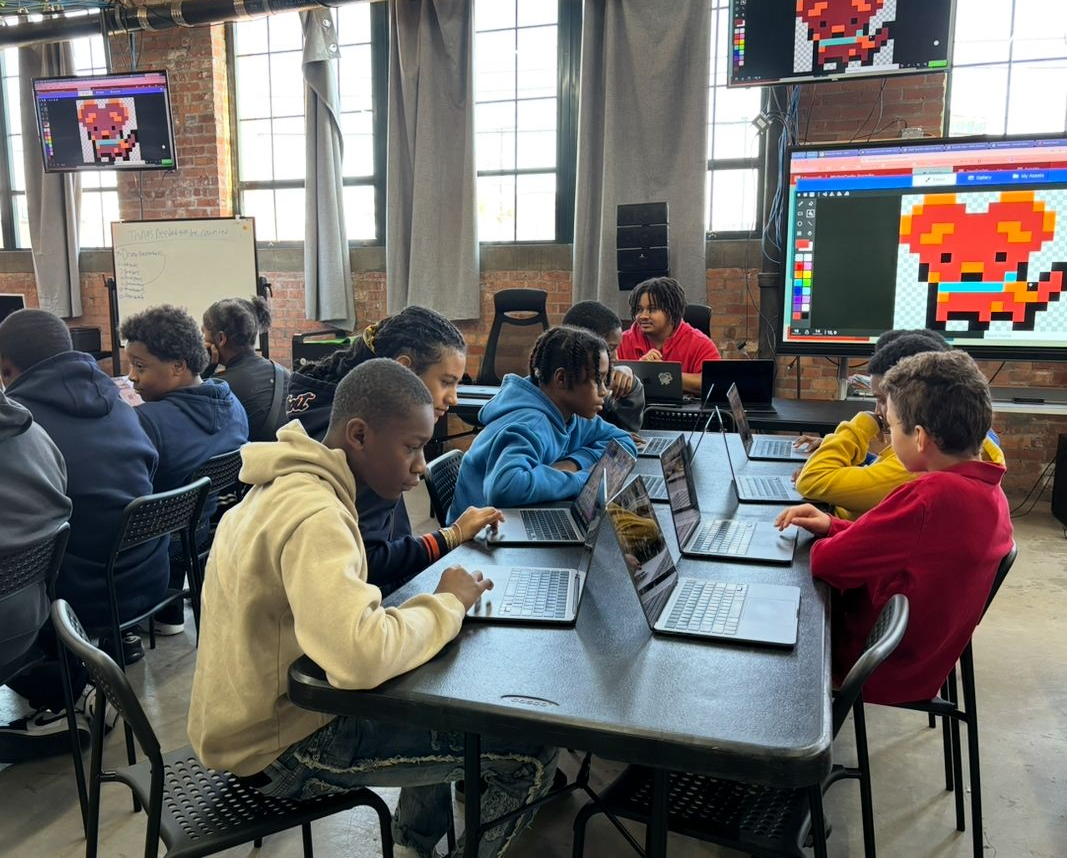Let's Talk About It Tuesday: The Evolving Landscape of STEAM Education
Let's Talk About It Tuesday: The Evolving Landscape of STEAM Education

Let's Talk About It Tuesday: The Evolving Landscape of STEAM Education
In recent years, STEAM education—integrating Science, Technology, Engineering, Arts, and Mathematics—has undergone significant transformations. These changes aim to equip students with the skills necessary for the modern world. Today, we'll explore the latest trends shaping STEAM education.
1. Artificial Intelligence (AI) Integration
AI is increasingly becoming a cornerstone of STEAM curricula. Educational institutions are incorporating AI to enhance personalized learning experiences and prepare students for AI-driven industries. For instance, AI-powered tutoring systems can adapt to individual student needs, offering customized support.
2. Emphasis on Social-Emotional Learning (SEL)
Recognizing the importance of emotional intelligence, educators are blending SEL with STEAM subjects. This approach fosters resilience, empathy, and effective communication among students, preparing them for collaborative work environments.
3. Career and Technical Education (CTE) Programs
There's a growing focus on CTE programs that align with STEAM fields. These programs offer practical skills and pathways into various industries, including health science, information technology, and manufacturing. By providing hands-on experience, CTE programs bridge the gap between academic learning and real-world application.
4. Virtual and Augmented Reality (VR/AR) in Classrooms
VR and AR technologies are revolutionizing the way students engage with complex concepts. By creating immersive learning environments, these tools enable students to visualize and interact with abstract ideas, enhancing comprehension and retention.
5. Blended Learning Models
The combination of online and offline instruction, known as blended learning, offers flexibility and caters to diverse learning styles. This model allows students to access digital resources alongside traditional classroom activities, creating a dynamic and comprehensive educational experience.
6. Arts Integration in STEAM
The inclusion of arts in STEAM education emphasizes creativity and innovation. Educators advocate for arts integration to develop critical thinking and problem-solving skills. For example, Birmingham City University has introduced the UK's first primary STEAM teaching qualification, aiming to prepare teachers to lead interdisciplinary projects that combine technology and creative problem-solving. These trends reflect a holistic approach to STEAM education, preparing students to navigate and excel in an ever-evolving landscape.

